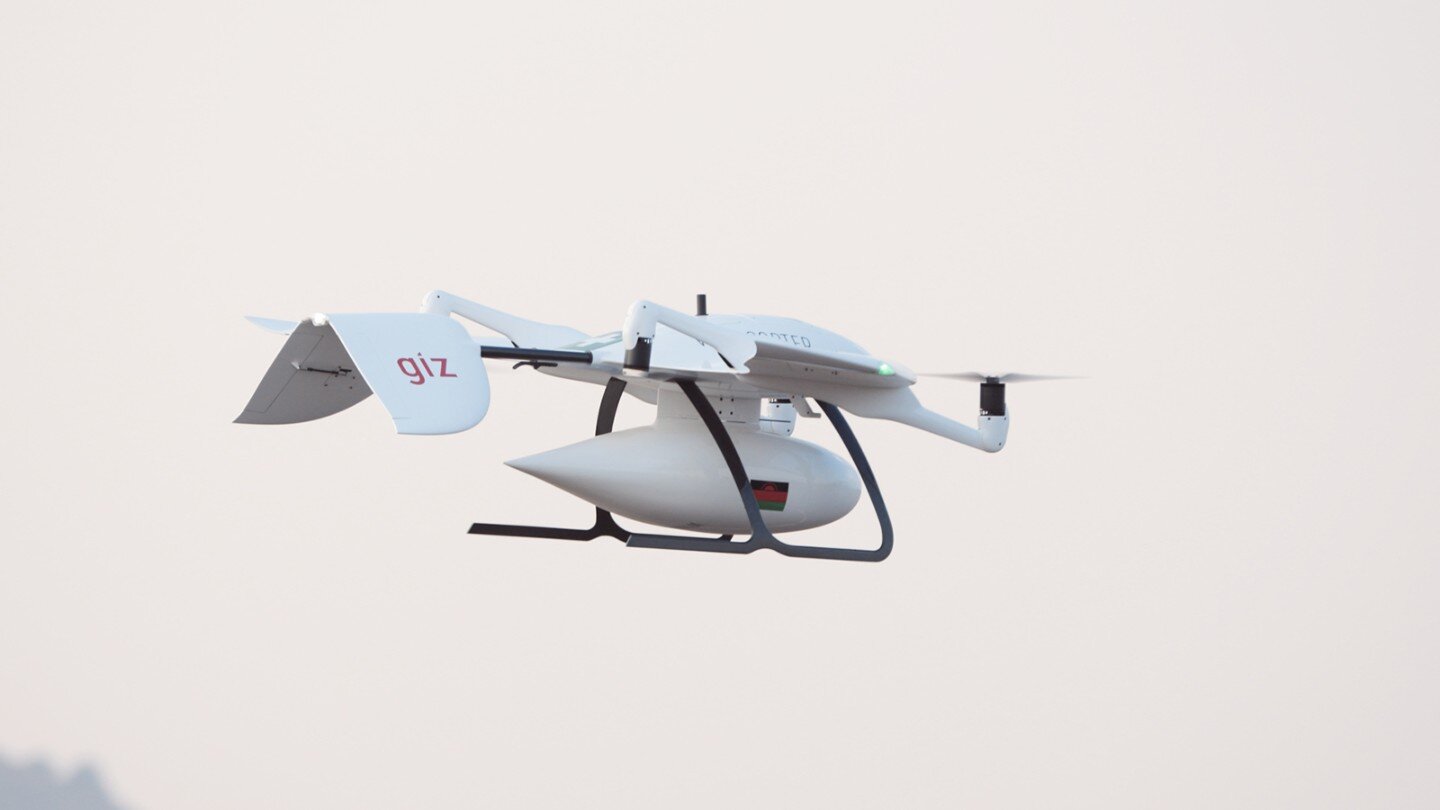
The new technology allows you to control drones over long distances
According to German scientists, they managed to create a mobile network more reliable than LTE. The connection module can be installed on any drone, increasing the communication range to 40 kilometers.
Scientists have developed a new SUCOM mobile network system that enables long-range control of unmanned aerial vehicles.
Modern drones are able to fly beyond the operator’s line of sight thanks to cameras and remote controls, but the latter have a limited range. Mobile networks are an alternative, but they cannot guarantee reliable protection and connection stability, because sometimes there are loads and there is not coverage everywhere. German scientists from the Institute of Telecommunications named after Fraunhofer-Heinrich-Hertz teamed up with Wingcopter and developed a new system designed to correct these shortcomings.
One of the main problems of drone operation in mobile networks is failures due to weak coverage. As the researchers explained, at high altitude, UAVs can simultaneously ‘see’ a large number of cell towers and constantly switch between them, losing the signal. Existing communication protocols that provide data exchange between drones and controllers are not sufficiently resistant to jumps in transmission speed, so some data packets arrive late, others are lost altogether.
German specialists have developed new communication protocols resistant to such jumps. Thanks to them, the drone maintains communication even with sudden changes in data transmission speed, informing the operator about its position, altitude, direction, speed, etc. The continuous transmission of such information is critical for safe flights as well as aerial photography. According to the developers, during experiments, their network turned out to be much more stable than LTE.
The SUCOM mobile network module can be installed on existing drones. Moreover, such modified devices are already being used in practice in Malawi, a country in eastern Africa, to deliver medicines and vital items to people during the rainy season. UAVs take off from four airfields and travel up to 40 km under the manual control of operators.
So that the pilot does not lose his way, he is provided with a flight plan with waypoints that must be passed along the route. For this, the data is sent from the institute in Berlin to the server located in Cape Town (South Africa), and then to the SUCOM module and the control panel. The connection is so fast that packets travel all the way from Malawi to Germany in just 170 milliseconds.
The drones are also equipped with a satellite communication system that kicks in if the DSL connection fails. In addition, if necessary, drones can be controlled via a smartphone and a VPN connection. The creators demonstrated the reliability of the network for drones by flying over one of the ‘dead’ zones in Germany with a diameter of 14 kilometers and never once losing contact with the UAV.
In July, scientists first learned how to control a UAV using a laser. With this technology, the operator can fly the drone only within the line of sight, but the signal cannot be intercepted.

